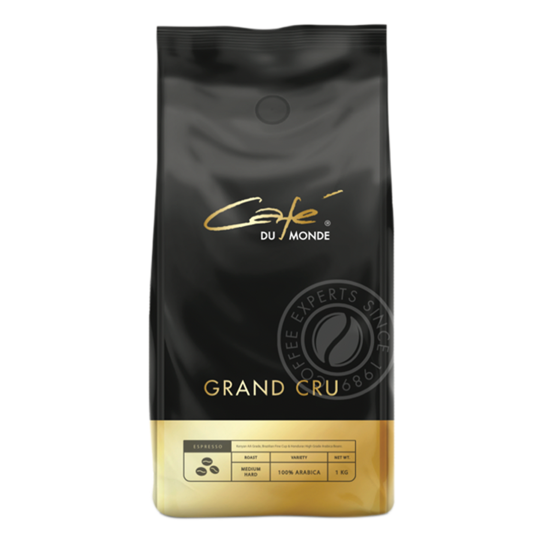
Grand Cru Espresso Beans
This is our 100% Arabica espresso coffee blend. It has the best Kenyan AA Grade beans for acidity, citrus notes and a chocolate after taste.
View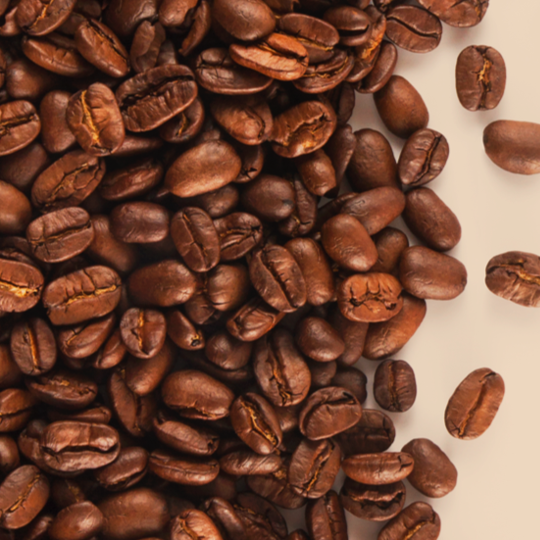
Find out about the best way to grind coffee beans, with and without a grinder.
View Our Coffee View Our GrindersFor around 30 years, Cafe Du Monde has been meeting the needs of businesses of every size and functionality, and this includes supplying the very best coffee grinders. After all, every great cup of coffee starts with the beans…
Before we introduce you to some incredible machines, we’ll take a step back and look at various ways to grind coffee beans as there are three main areas to discuss. At this stage it is important to remember that different methods will provide different results.
You can manually grind beans by hand; use household items such as blenders or food processors; and then there’s using a grinder - the most common method, particularly for businesses.
If you don’t have a blender or a food processor, then this is a process that requires dedication and patience as it takes a lot longer and is more labour intensive, but can be achieved manually using handheld tools like a rolling pin or mortar and pestle.
Using a rolling pin, you’ll place your desired amount of beans in a sealed bag, remove all air pockets and crush the coffee beans with a rolling pin in a gentle but firm motion. You’ll repeat this method over and over until you gain your desired size and coarseness.
If it’s a mortar and pestle you’ll be using, then you’ll need to lower your bean capacity to prevent an overflow and beans falling out. You’ll need to work twice as hard with this method as it produces less ground coffee overall. It will all depend on how long and how firmly you grind to achieve a consistent blend.
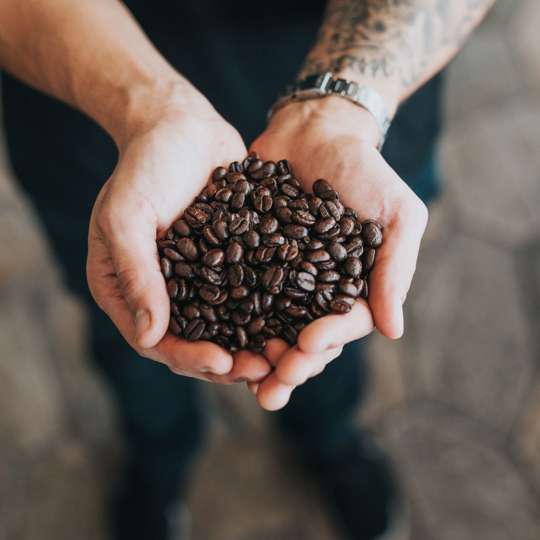
Although we’ve explained the possibilities without the use of a grinder, we’re sure you’ll realise that ultimately it can be so much quicker and more efficient with one - especially one suited to your particular needs. Thanks to nearly 30 years’ experience, here at Cafe Du Monde we have the best commercial coffee grinders to offer businesses. One of this wide range of electric coffee bean grinders is a must-have to speed up the process of creating and delivering great coffee to customers daily. However, we know this can be a big decision for you so why not let our team of experts advise you on which product best suits your business and coffee needs. For now, here are some options to consider: Coffee grinders are categorised in three main types: Blade Grinder, Burr Grinder and a Manual Grinder.
Manual coffee grinders operate by turning a crank. The length of time spent grinding provides the outcome of the size of the ground coffee. Whilst on the plus side they are quiet to operate, they do need a lot more effort than an electric coffee grinder. The size and fineness of the coffee ground with a blade coffee grinder is also dependent on the length of time you grind for. Whilst this is a low cost solution for grinding coffee beans where space may be limited, when it comes to the taste of the coffee this isn’t always the best grinding option.
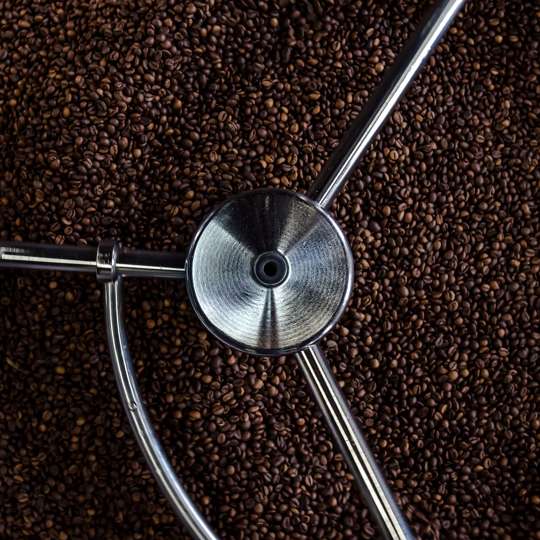
We tend to steer customers towards burr coffee grinders.With this solution you can choose how coarse or fine you would like the ground coffee with the position of the burr. Burr grinders crush beans with a grinder wheel against a static surface. Speed, accuracy, consistency and less mess are all benefits of this type of machine.
Now for the detail; our Mazzer, Anfim, and Mahlkonig grinders are all ideal for low consumption. If your business requires a machine suited for medium consumption, then consider the Mazzer Super Jolly Electronic, which boasts on-demand grinding and has a capacity of 1.2kg.
On-demand grinding with hands-free options are popular with professional baristas and are featured within the Anfim Pratica grinder. The Mahlkonig E65s has a slick modern feel and features near-silent grinding which can be a huge benefit. When it comes to setting fantastic standards in premium grinding, our vote goes to the Mahlkonig E80.

A complex process, there is a lot to take into account when it comes to creating the perfect cup of coffee. Most tend to believe one of the most important aspects is grind size - which is why investing in a grinder can be a smart, coffee-changing business decision.
Generally speaking, the coarser the grind the longer the extraction time, but here’s a breakdown of the types of ground coffee: Extra coarse grounds, Coarse grounds, Medium-coarse grounds, Medium grounds and Fine grounds.
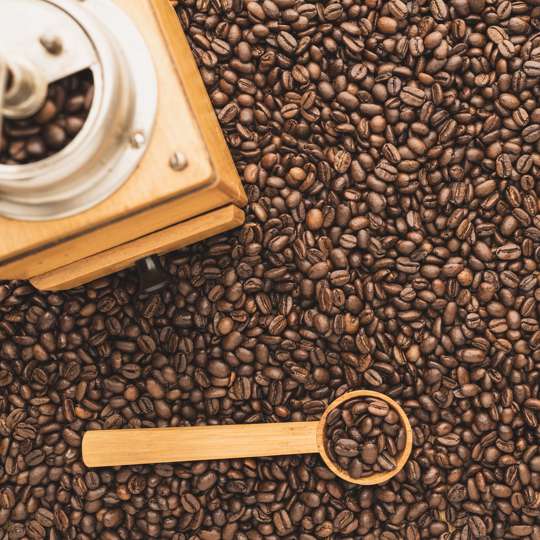
Extra coarse grounds - look a bit like peppercorns and are usually suitable for cold brews.
Coarse grounds - these appear like sea salt and perfect for French Press brewing.
Medium-coarse grounds - are often compared to grains of sand and require an extraction time of approximately two minutes for that balanced cup.
Medium grounds - this is your classic grind size ideal for a drip generic cup of coffee.
Fine grounds - are perfect for espresso; super fine grounds are only commonly used for Turkish coffee.

You might find yourself asking - is this really worth it? The simple answer is yes! There are many positives when it comes to grinding coffee including:
The lingering fragrance that all coffee lovers can relate to. Freshly ground coffee lingers in the air. Businesses often use this as a way to draw in coffee lovers.
Grinding coffee also improves and preserves the overall quality of the beans. Pre-ground coffee usually means that the bean quality has already been weakened because it has come into contact with several elements. Freshly ground coffee means quality in comparison to when time has already passed from when you purchase ground coffee to when you actually make it.
Grinding at your premises means you have full control over the grind and its coarseness too, not forgetting freshness. The experts say that technically coffee is considered fresh for up to 30 minutes after the grinding process.The longer it is unused, the less fresh it is considered, so grinding at your business or home is associated with what’s termed ‘fresh coffee’.
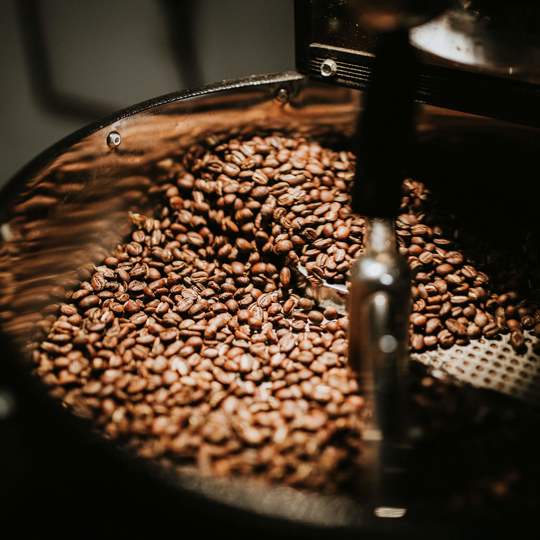

This is our 100% Arabica espresso coffee blend. It has the best Kenyan AA Grade beans for acidity, citrus notes and a chocolate after taste.
View
This is a blend of Brazilian Fine Cup beans from the Minas Gerais Plateau, Ugandan robustas from the Lake Victoria region, arabicas from Honduras and Bourbon varietal Arabica beans.
View
Discover our Fairtrade premium coffee beans today. We have a wide range of Fairtrade coffee beans, espresso beans and coffee in a bag available to order online.
View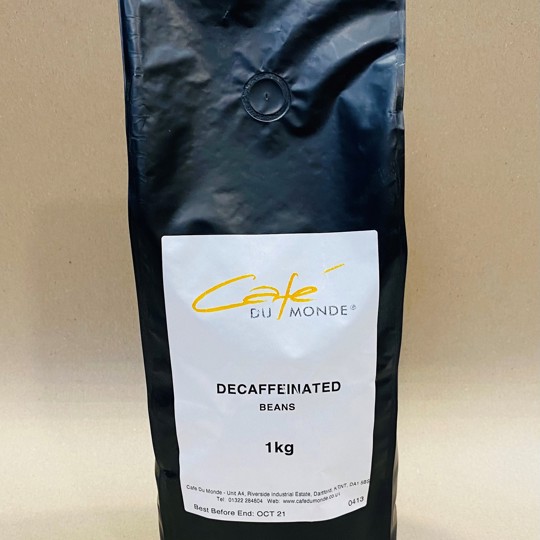
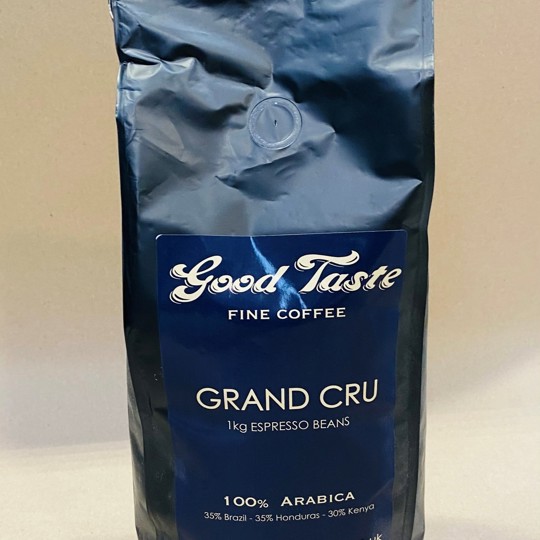

A coffee that tastes a little stronger and yet is harmonious: Cafe Cream Bistro Montana. Darker roast
View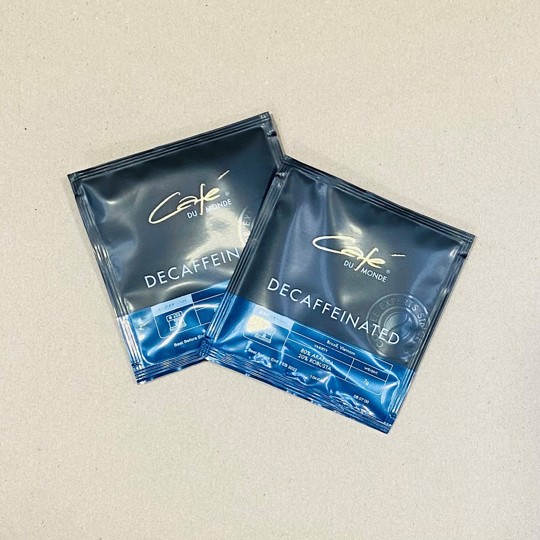
A darker decaffeinated coffee with hints of roasted almonds
View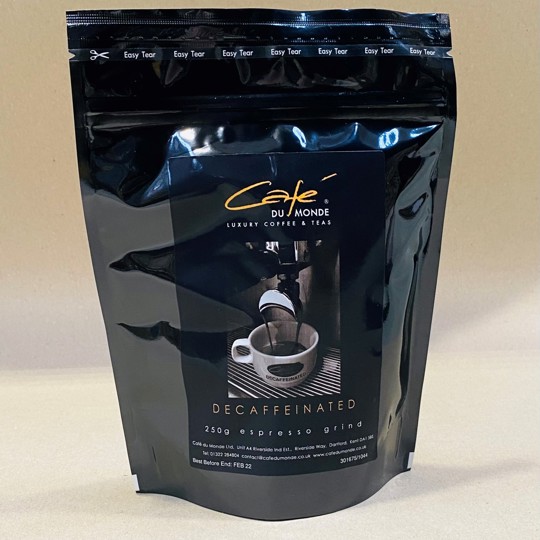
Each fully biodegradable bag contains Rainforest Alliance Certified. 100% Fresh Ground Arabica coffee.
View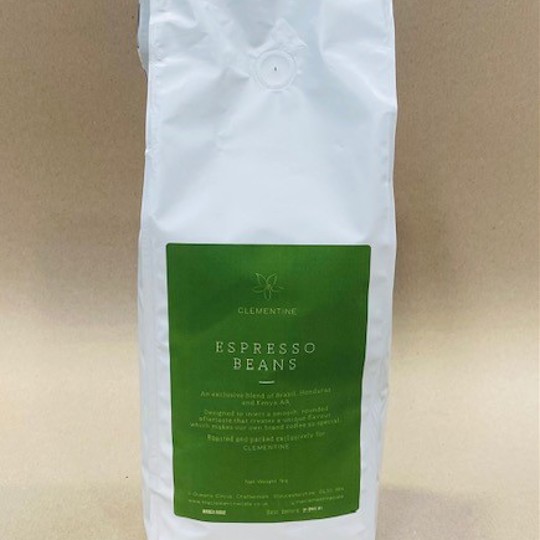

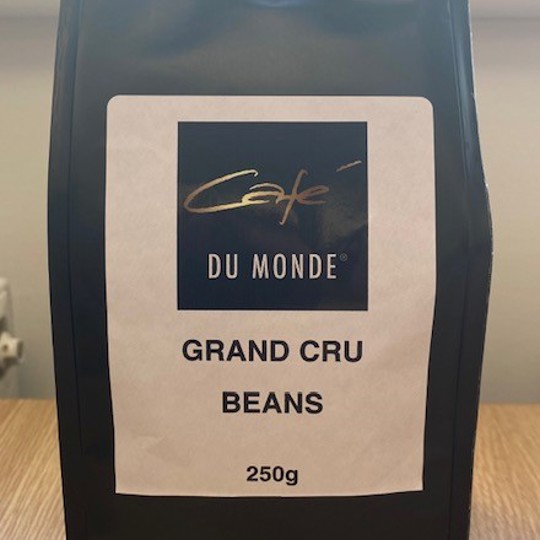

This is our 100% Arabica espresso coffee blend. It has the best Kenyan AA Grade beans for acidity, citrus notes and a chocolate after taste.
View
This is a blend of Brazilian Fine Cup beans from the Minas Gerais Plateau, Ugandan robustas from the Lake Victoria region, arabicas from Honduras and Bourbon varietal Arabica beans.
View
Discover our Fairtrade premium coffee beans today. We have a wide range of Fairtrade coffee beans, espresso beans and coffee in a bag available to order online.
View